Yunnan Coffee Yunnan Coffee planting History Yunnan small Coffee treatment

Professional coffee knowledge exchange more coffee bean information please follow the coffee workshop (Wechat official account cafe_style)
Yunnan small grain coffee
Producing area: Baoshan, Yunnan
Altitude: 1200m
Treatment method: washing
Variety: Katim
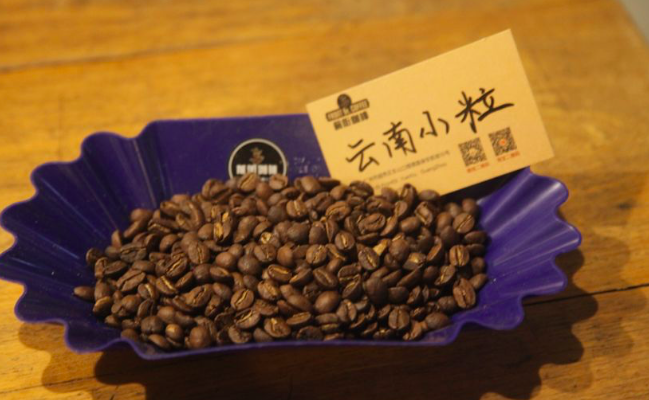
Planting history
The western and southern parts of Yunnan Province are located between 15 °N and the Tropic of Cancer, most of which are 1000-2000 meters above sea level. The topography is dominated by mountains and slopes, with large ups and downs, fertile soil, sufficient sunshine, rich rainfall and large temperature difference between day and night. These unique natural conditions form the particularity of Yunnan small grain coffee taste-strong but not bitter, fragrant but not strong, slightly fruity.
Coffee cultivation in Yunnan is mainly distributed in Lincang, Baoshan, Pu'er and Dehong, where there are natural resources of low latitude, high altitude and large temperature difference between day and night, which makes Yunnan a golden growing area for producing Arabica coffee with high quality. It can be traced back to 1892 when a French missionary brought coffee to Yunnan from Vietnam and successfully planted it in a valley in Binchuan County, Yunnan Province. This is the beginning of Yunnan coffee, commonly known as small seed coffee and Yunnan small grain coffee in China.
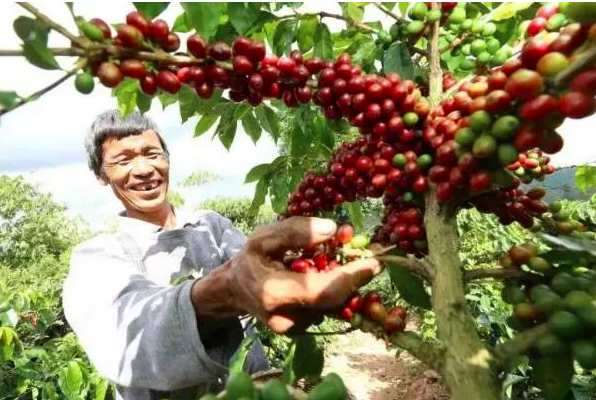
Yunnan small grain coffee 3-year-old 4-year-old fruit tree. Coffee is a short-day plant. Coffee has the characteristics of multiple flowering and concentrated florescence. The florescence of small seed coffee in Yunnan is from February to July, and the flowering period is from March to May. The flowering of coffee is greatly affected by climate, especially rainfall and temperature. Coffee flowers have a short life span of only 2-3 days. Small seed coffee usually opens at 3: 5 in the morning and blooms from 5 to 7 o'clock.
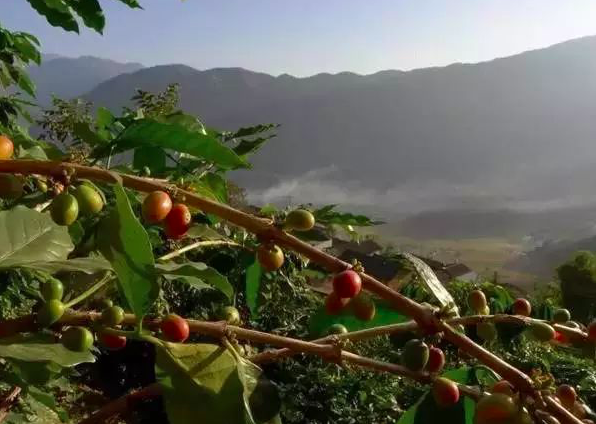
The development time of coffee fruit is longer. It takes 8 to 10 months for the fruit of small seed coffee to mature, usually from October to December of the year. Rainfall has a great influence on fruit development, and climatic conditions directly affect fruit development.
Variety introduction
Catimor is widely popularized and planted in coffee growing areas of Yunnan Province, such as Dehong, Baoshan, Pu'er, Xishuangbanna, Lincang, Wenshan, Yuxi and so on.
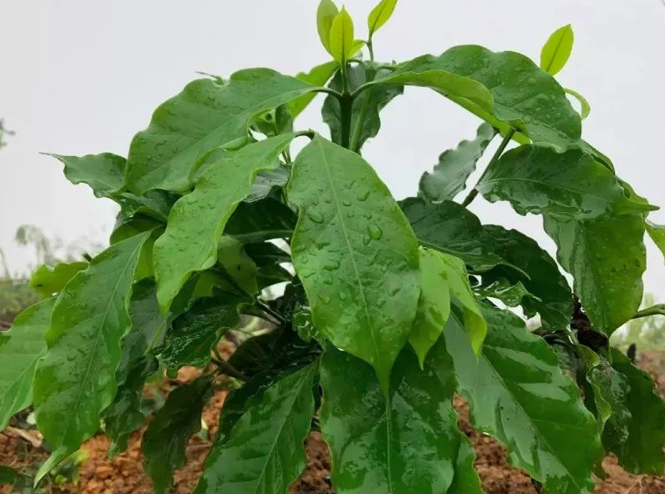
In 1959, the Portuguese moved the Brazilian bourbon mutant Kaddura to East Timor to mix with Tim timor, who was of Robusta descent, and unexpectedly succeeded in breeding Kadim with disease resistance and super production capacity. As leaf rust affects coffee-producing countries around the world, with the help of international organizations, countries vigorously promote Katim to fight leaf rust and increase production capacity.
Treatment method
This bean is washed.
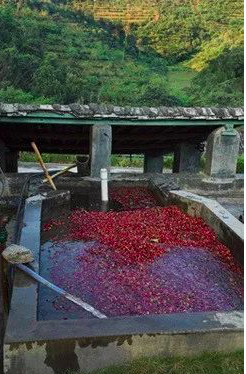
Screening coffee cherries-removing pulp-fermentation-washing-drying-shelling
Curry farmers use a peeling machine to separate most of the pulp from the coffee beans, then guide the shelled beans to a clean sink, soak them in water and ferment to thoroughly remove the residual pulp layer, which is washed to show obvious acidity and cleaner taste.
Baking analysis
Roaster Yangjia 800N (baking capacity 300g)
The furnace temperature is 190 ℃, the firepower is 120, and the throttle is set at 3; the temperature recovery point is 1 ", and the throttle is opened to 4 at 145℃, and the firepower remains unchanged; when the furnace temperature is 166℃, the bean watch turns yellow, the grass smell disappears completely, and enters the dehydration stage. When the furnace temperature reaches 188℃, the firepower is adjusted to 60 ℃, and the throttle is 5.
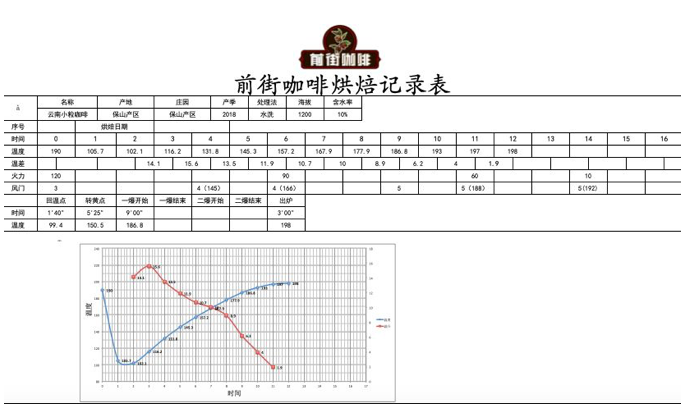
The smell of toast obviously changes to the smell of coffee, which can be defined as a prelude to an explosion. At this time, it is necessary to listen clearly to the sound of the explosion point. When the sound of the explosion point begins to explode, the throttle will remain unchanged. After an explosion, the development will take place for 3 minutes, and 198 ℃ will be put into the pot.
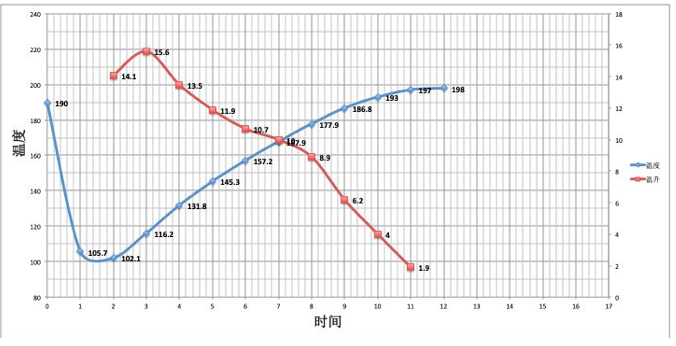
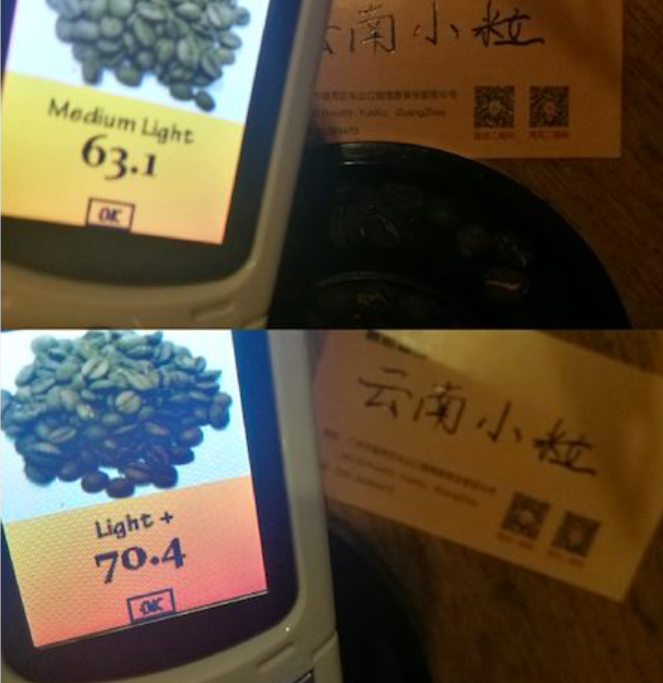
Agtron bean color value 63.1 (top image), Agtron pink value 70.4 (bottom picture), Roast Delta 7.3 value.
Cup test
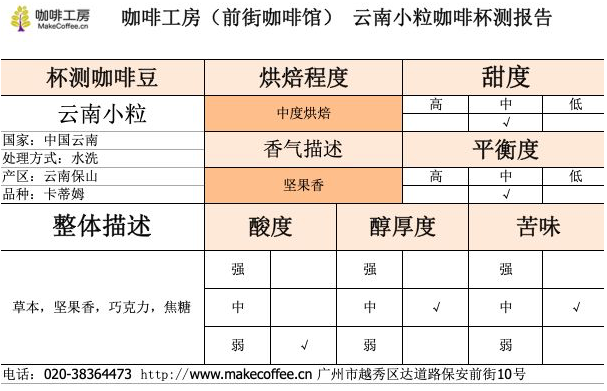
Cup test flavor: herbal, nutty, chocolate, caramel
1. The flavor description varies from person to person and will be affected by water temperature and cooking method. This cup test report provides the same cooking utensils and parameters, according to the description defined by the flavor wheel, in order to provide reference.
two。 The content will be revised in time in response to the new information, subject to the latest updates.
Hand-made suggestion
Recommended cooking method: hand flushing
Filter cup: V60
Water temperature: 90-92 ℃
Powder / water ratio: 1:15
Degree of grinding: medium and fine grinding, that is, the thickness of fine sugar (VARIO 50: 57% pass rate of Chinese standard No. 20 screen)
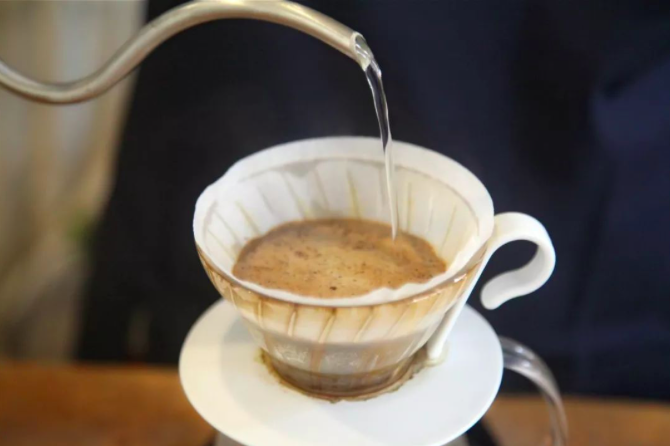
Flushing and cooking technique: segmented extraction. Steam with 30 grams of water for 30 seconds, small flow circle injection to 124 grams, continue to inject water to 227 grams when the water level is about to be exposed to the powder bed, remove the filter cup when the water level is about to expose the powder bed, and the extraction time is 2 minutes.
When boiled in a V60 filter cup, it smells nutty, with herbs, chocolate, caramel and a hint of acidity in the finish.
End
Important Notice :
前街咖啡 FrontStreet Coffee has moved to new addredd:
FrontStreet Coffee Address: 315,Donghua East Road,GuangZhou
Tel:020 38364473
- Prev

Yunnan Coffee Flavor characteristics of Yunnan small Coffee and introduction of Coffee planting areas in Yunnan
Professional coffee knowledge exchange more coffee bean information please pay attention to the coffee workshop (Wechat official account cafe_style) the western and southern parts of Yunnan Province are located between 15 N and the Tropic of Cancer, most areas are 1000-2000 meters above sea level, and the topography is mainly mountainous and sloping, with large undulation, fertile soil, sufficient sunshine, rich rainfall and large temperature difference between day and night, these unique natural conditions
- Next
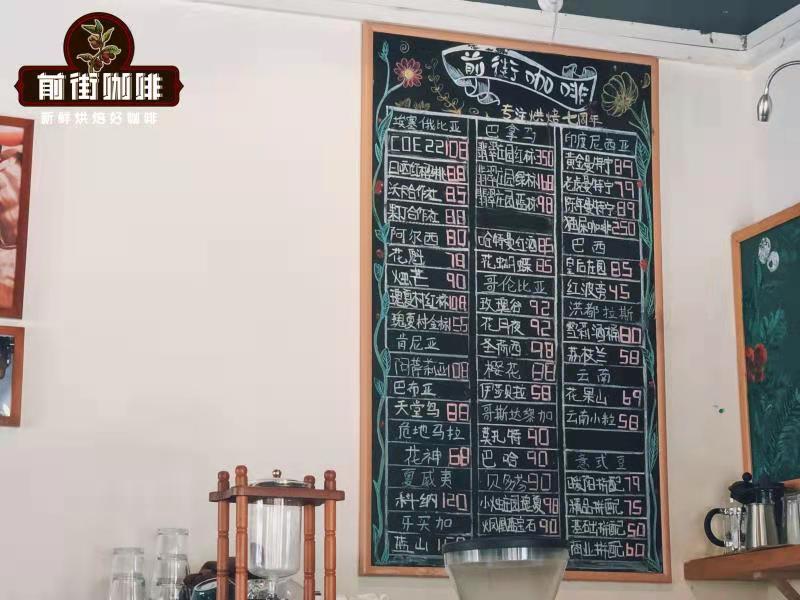
Honduran wine barrel treatment of coffee bean sherry coffee bean hand brewed coffee flavor description
Professional coffee knowledge exchange more coffee bean information please follow the coffee workshop (Wechat official account cafe_style) whisky and coffee are unexpectedly so Match many drinkers have always thought that it is a business gimmick, did not expect to taste better than expected! If you like coffee, you will fall in love with whisky at the same time, because the charming flavor of whisky is as attractive as coffee
Related
- What documents do you need to go through to open a coffee shop? coffee shop coffee shop certificate processing process
- How to purchase Coffee beans in small Cafe how to choose a suitable supplier for domestic Coffee supply Company
- How to drink Starbucks Fragrance White Coffee? how to make Australian White Coffee? what Italian coffee beans are recommended?
- The Story of Flora Coffee: the name of Flora Coffee Bean and the implication of the Flowers on Florna Coffee
- How much does a cup of coffee cost? How much is the profit of a cup of coffee? What is the profit of the coffee shop in a year?
- Yunnan small Coffee, known as "fragrant Coffee", introduces the characteristics of Alpine Arabica Coffee producing areas in Yunnan, China
- 2023 latest Starbucks full menu price list how much is a cup of Starbucks coffee what is better to drink the most popular hot and cold drinks recommended
- Starbucks different kinds of Coffee Price list Starbucks menu 2023 Top Ten Best drinks in Starbucks
- Starbucks Spring praise Comprehensive matching Coffee Bean theme Story Packaging implication and taste description
- The cost of a cup of coffee latte American coffee cost price and selling price

